Suffield history
through the years
—Work in progress—
Early settlers
1642 |
A surveying error in 1642 resulted in the Suffield region being part of Massachusetts colony |
1670 |
Originally called Southfield, the area was settled as a township of Massachusetts, after Major John Pynchon, a fur merchant from Springfield, paid the Natives Americans thirty pounds for a six-mile tract of land known as Stony Brooke Plantation. |
1675 |
Three dozen families had settled in Suffield, but they were forced to flee to Springfield during King Philip's War. |
1679 |
Returning and rebuilding after the settlement was burned, they were ready to retain their first minister. |
The Chandler and Thaxter Survey of 1713 from The Boundary Disputes of Connecticut by Clarence Winthrop Bowen
Industry develops
1700 |
The first iron work was set up. Cains pond near the intersection of South Street and Remington Street proved to be useful for harnessing Stoney Brooke for a saw mill and a grist mill. |
1710 |
The town allowed Samuel Copley to set up a fulling-mill. |
1721 |
The second iron work was set up, and the third followed a year later. All three were in operation until about 1770. |
1749 |
Suffield was later found to lie within the boundaries of the Connecticut Charter and was subsequently annexed. |
1795 |
A cotton-mill, which made cotton yarn, was set up. It's believed to be the first in Connecticut and possibly the third successful cotton-mill in the country. |

